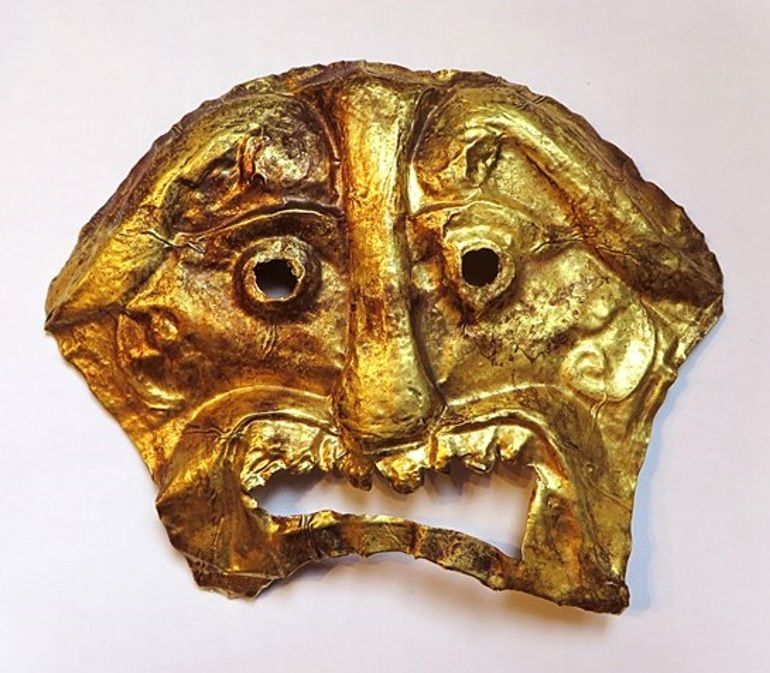Post by UKarchaeology on Nov 27, 2015 15:10:23 GMT

Many centuries ago, high in the mountains of western Tibet, the Zhang Zhung people established a civilization complete with technological advancements, rich art and a pantheon headed by a supreme god with strange and wonderful origins.
John Vincent Bellezza, a senior research fellow with the Tibet Center of the University of Virginia, has been studying the archaeology of the Iron Age people of western Tibet and their gods and cultures for more than 25 years.
His blog states: “Until the author’s [Professor Bellezza’s] intensive exploration of Upper Tibet in the 1990s and 2000s, very little was known about Zhang Zhung. The Tibetans themselves had forgotten what they had once achieved and the Chinese Communists were unaware of what lay on the extremes of the Plateau.”
This blog entry gives a beautifully written chapter-by-chapter synopsis of one of Professor Bellezza’s books about the Zhang Zhung, who lived in a territory 1,000 miles north and west of the capital of Tibet, Lhasa. The region has lakes, plains and long mountain ranges and is now very sparsely populated, but from about 500 BC to 625 AD he believes it had more people. Some excerpts from his synopsis:
An astounding ensemble of monuments heralds the existence of Zhang Zhung from circa 1000 BC. Castles occupied the high ground around agricultural settlements, temples were founded in hidden nooks and tombs dotted uninhabited tracts. Many of the fortresses and temples were entirely built of stone using heavy rock members to support the roofs...

This all-stone structure and 16 others like it are thought to be the place where ancient Zhang Zhung people marked the descent of their supreme god, Gekhoe, to the Earth. (Photo courtesy of John Vincent Bellezza)
“Upper Tibet is home to lavish artistic tableaux, illustrating the everyday realities of life in Zhang Zhung. Throughout this sprawling land, rock carvings and rock paintings adorn the walls of cliffs and caves. This art chronicles battles, sporting contests, hunting, herding, and religious pursuits in graphic detail. No other discovery portrays Zhang Zhung in such a vivid and intimate way.”
In an e-mail to Ancient Origins, Professor Bellezza wrote: “There was both herding and farming in ancient western Tibet. A wide range of artifacts have been recovered from tombs in recent years and others have appeared in the international art and antiquities market. Everything from precious stones to a variety of metals worked and molded to ceramics, wooden objects, silk and woolen textiles.”
In his blog, Professor Bellezza wrote that the memory of Zhang Zhung has been preserved in legends, myths and even histories, giving a picture of their society and culture. “They document the construction of castles, temples, tombs, irrigation systems and workshops,” he wrote. “… While the elite resided in substantial strongholds dispersed all around Zhang Zhung, the herders and farmers occupied much more humble dwellings. Nevertheless, clan and ritual ties joined the various levels of society together into a potent confederation which prevailed for centuries.”
Full story: www.ancient-origins.net/news-history-archaeology/archaeologist-pieces-together-story-mysterious-zhang-zhung-people-tibet-020635
